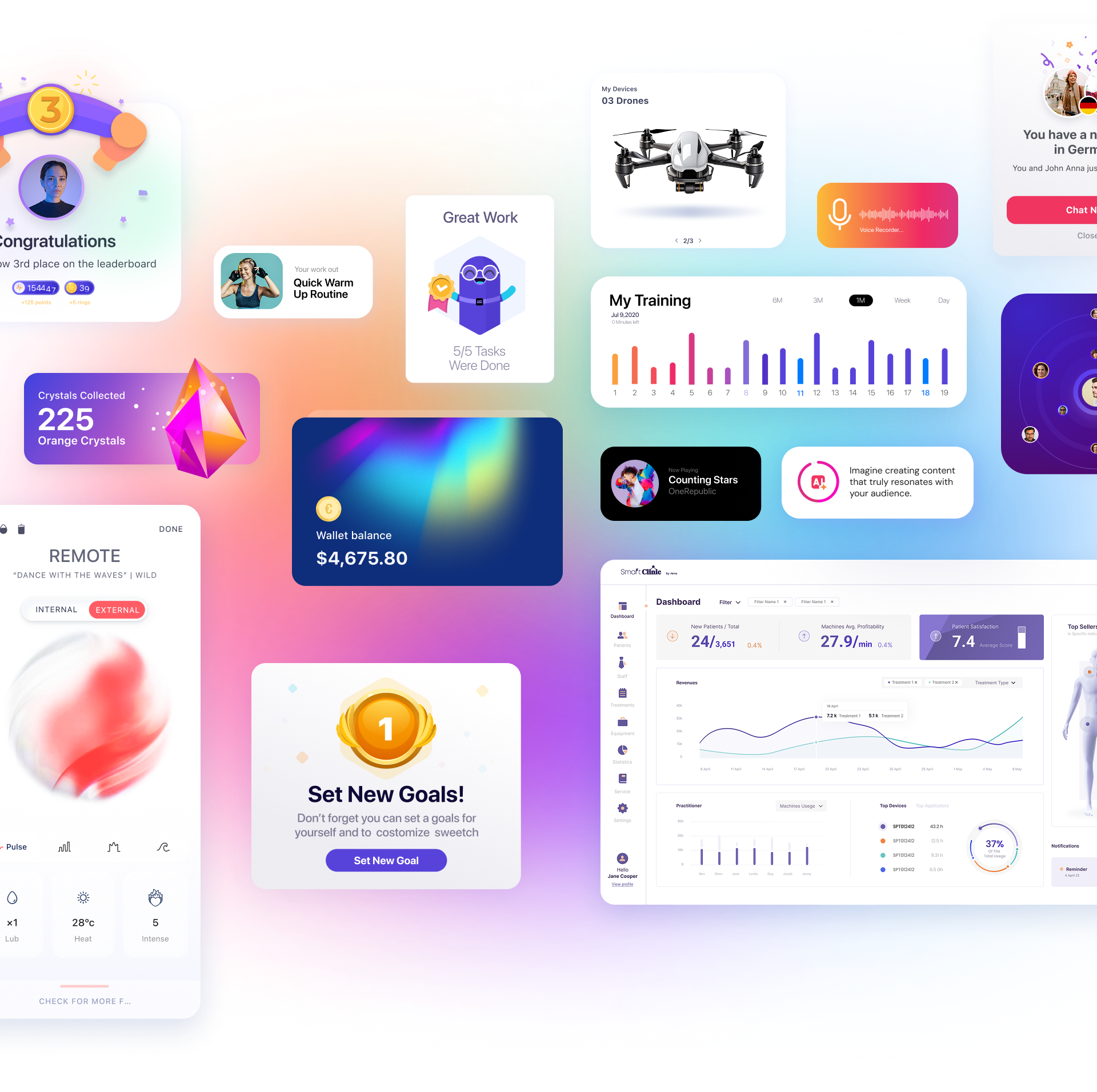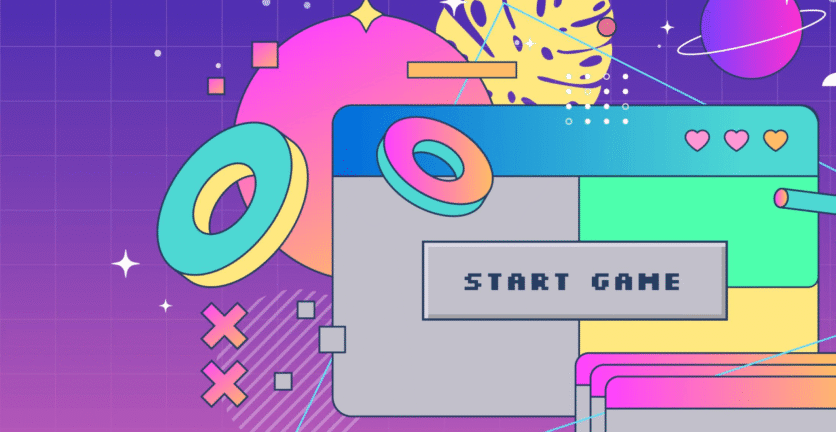A successful app seamlessly combines stunning visuals with easy navigation, setting it apart from others in the market. Recently, our team at Triolla published an article detailing the financial side of app development. Building on that, we now want to shed light on the complexities and financial aspects of mobile app design.
Brands like Airbnb, Uber, Google, and Apple are synonymous with success, largely thanks to their commitment to user-centered design strategies that ensure an unparalleled user experience.
An excellent user experience is nothing short of an art form, but it all comes down to one key ingredient: a true understanding of your users’ needs. But what does a user-focused app really include?
To create a top-tier app, it’s essential to understand critical factors such as:
- The user experience of the finished app
- Market demand for the app concept
- The general “direction” of market preferences and tastes
- Current trends in mobile UI design
This article, tailored for Israeli startups and enterprises, aims to guide you through the maze of app design. We’ll explore essential design stages, key parameters that impact design costs, and fundamental elements for beginner app designers.
“Good design is good business.” – IBM
Before diving into costs, it’s important to understand what mobile app design involves:
Mobile app design is the art and science of creating efficient applications that prioritize fast loading, accessibility, and flawless user experience. Adobe defines app design by two main aspects: UI (user interface) and UX (user experience). While UI focuses on the app’s aesthetics—color palette, typography, and overall design language—UX emphasizes functionality and user-friendliness.
These actions require essential resources, and they come at a price. This is the “cost of app design.” Simply put, it represents the budget allocation for your mobile app’s design.
The app design process is all about delivering an exceptional user experience combined with a solution-oriented approach. This journey includes stages like research, analysis, prototyping, UI/UX design, testing, and branding.
App Idea Analysis:
- The initial stage involves idea discovery and brainstorming.
- Focus on market research, understanding your target audience, user personas, demographics, and behavior patterns.
- This stage is critical, as designers strive to translate the client’s vision into reality while minimizing costly design iterations.
Prototyping – The Heart of UI/UX Design:
With a clear app concept, the focus shifts to documentation and wireframing.
- This stage highlights the app’s usability, complexity, and navigation.
- App sketches are created (using tools like Sketch, Buildfire, Adobe XD), along with UX wireframes and animation guides.
- Wireframing forms the backbone of the app’s flow and provides a visual representation of its functionality.
Visual Design and Branding:
A core component of app development, this stage revolves around UI mockups and offers a glimpse into the app’s core idea.
- It combines visual design with branding, emphasizing logo creation, icon design, and overall brand aesthetics.
- Staying up to date with leading mobile UI design trends and analyzing competitor strategies is crucial.
UI/UX Cost Dynamics
When discussing the financial aspect, UI/UX design costs can be broken down based on:
- Designer recruitment costs: Vary by expertise, platform skills, and experience.
- Regional design costs: Outsourcing considerations depend on regional price differences.
- Complexity-based costs: Factors like platform availability (web, Android, iOS), user roles, MVP, functional complexity, user requirements, and customization standards all play a part.
Additionally, the platform type (iOS or Android) affects design costs, with iOS often commanding a premium due to Apple Store’s strict guidelines.
Every app boasts a unique blend of design, functionality, and platform availability. At Triolla, we always advise startups and clients to thoroughly research their demographics and target audience. This not only helps in platform selection but also optimizes design costs.
So, as you embark on your app design journey, remember: it’s not just about creating an app. It’s about creating an experience and a vision. With Triolla by your side, you can be confident your app will stand out in the crowded Israeli and global markets.





 Book a Call
Book a Call





